The Return of an Icon: Indiana Jones and the Kingdom of the Crystal Skull
The adventure begins with a moment designed to stir the soul of any long-time fan: Indiana Jones emerging, literally bound and gagged, from the trunk of a speeding car. The camera masterfully sets the scene, first with the unmistakable fedora lying innocently on the grass, then a familiar shadow stretching across the rounded hood of a classic '50s-era Ford. Finally, the legendary archaeologist himself is revealed—older, a little grayer, certainly more weathered, but with that unforgettably crooked grin still firmly in place. It’s a re-entry so perfectly executed that if you don’t feel a surge of warmth and nostalgia, perhaps you’re simply lacking a heartbeat.
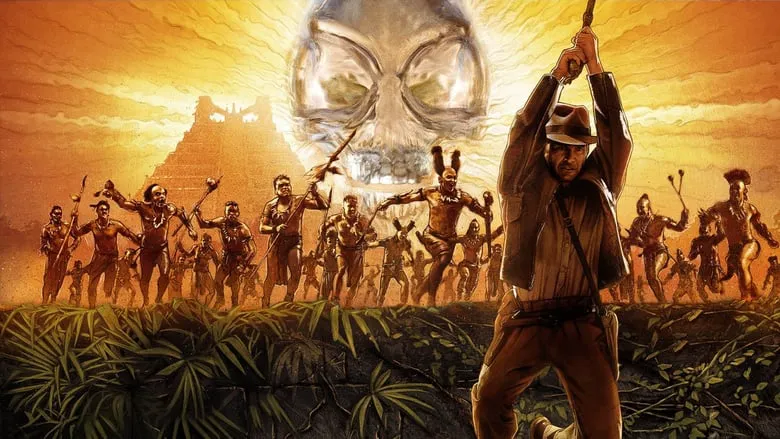
A Whirlwind of Delightful Absurdity
What follows this impactful re-introduction is a cascade of the delightful, over-the-top absurdity that the Indiana Jones series has always delivered. A veritable army of Russians, led by the formidable Irina Spalko, descends upon a clandestine military testing ground in Nevada. This isn’t just any base; it’s a super-secret warehouse rumored to house America’s most profound paranormal secrets. Deep within this sprawling facility, in a half-rotted wooden crate amongst countless others, lies a relic that calls back to adventures past: the Ark of the Covenant, subtly revisited.
Indy, ever resourceful, escapes the clutches of his captors and finds himself in an archetypal 1950s Nevada town, eerily populated by mannequins. It’s a staged, desolate tableau, specifically designed as a target for nuclear tests. And, true to form, a nuclear bomb detonates directly overhead. In one of the most famously outlandish moments of the film, our intrepid archaeologist seeks refuge from the atomic blast by sealing himself inside a lead-lined refrigerator. Indeed, the creators, Lucas and Spielberg, remember that long-standing joke about Indy’s indestructibility, and they lean into it with audacious glee.
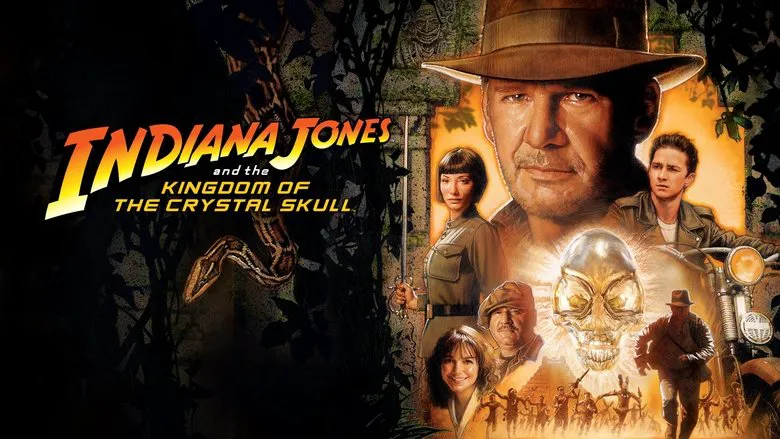
The plot continues its breakneck pace, throwing everything imaginable at our hero: relentless FBI agents, dense tropical rainforests, slippery snakes and repulsive insects, treacherous quicksand, ancient pyramids hidden deep within the Amazon jungle, high-octane chases on everything from Harleys and jeeps to amphibious vehicles, and even a bizarre tree-harvesting combine that feels straight out of some Cold War-era industrial nightmare. Adding to the eclectic mix are appearances from a KGB fencing school, the unmistakable sight of a classic flying saucer, and to cap it all off, a wedding before the credits even begin to roll.
To describe the intricate twists and turns of this narrative further would genuinely be a disservice. Firstly, because its chaotic, wonderfully absurd nature is a key part of its charm. Secondly, some delightful surprises truly are best left for the audience to discover firsthand. Similarly, to dwell on any perceived anachronisms, continuity errors, or logical absurdities would be pedantic. This is, at its heart, adventure cinema—a genre where the hero is obligated to defy the odds, dodge bullets unscathed, and emerge triumphant. In this world, who genuinely cares if Indy’s motorcycle somehow sports disc brakes, a technology that was certainly not commonplace in 1957? The adventure transcends such minor quibbles.
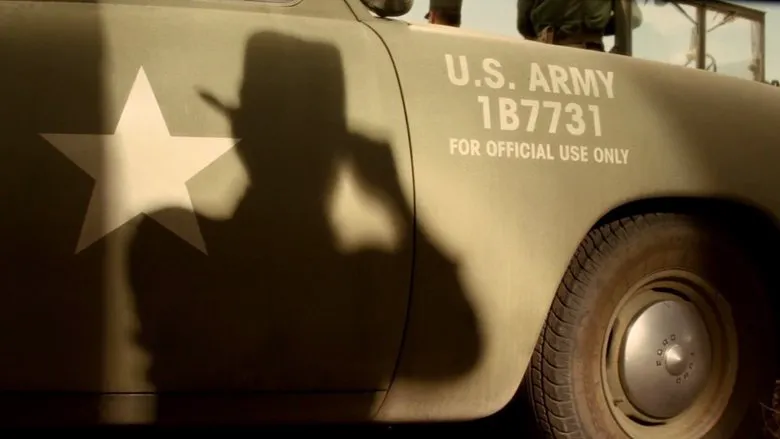
The Undeniable Core of the Saga
The unequivocal truth and the very heart of this film is simple: Indiana Jones still fights, and he fights magnificently. Harrison Ford, the former carpenter, with a face that genuinely shows the passage of time but still dons that iconic hat, brandishes the whip, and fires the revolver, jumps and bounds with an energy that suggests age is truly just a number. From the very moment Indy is pulled from that car trunk until the final frame, the film transforms into a genuine rollercoaster ride. You’re strapped in, hurtling through twists and turns, and your primary reaction is to simply scream with unadulterated delight. For a glorious two hours, you’re ten years old again, experiencing an Indiana Jones adventure on the big screen as if for the very first time.
A lingering question remains: how much of this intoxicating feeling is pure nostalgia for the beloved old Indy, how much is an appreciation for fashionable, unpretentious pulp cinema, and how much is genuine, unadulterated admiration for what’s unfolding before your eyes? Put simply, what would someone who has never seen any of the previous Indiana Jones films think of this installment?
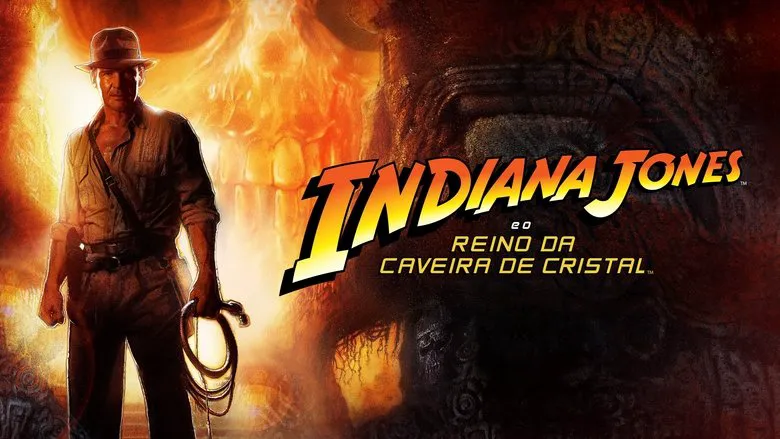
A Labor of Love, Crafted with Conviction
For those newcomers, the answer should be clear: they should be thoroughly entertained. Even without the deep well of Indiana Jones nostalgia, or a particular fondness for 1950s Americana, McCarthyism, or Cold War-era nuclear tests, the simple, undeniable fact is that this film was made with an immense, palpable love for the filmmaking process, and with an absolute seriousness of intent.
It’s a refreshing reminder that, surprisingly, there are still filmmakers who believe that true adventure films should be centered around characters and human agency, not entirely on CGI-generated super-beings. That real Incan temples should be meticulously crafted from real papier-mâché and tangible sets. That stuntmen should bravely leap and tumble on steel cables, expertly simulating the snap of leather whips, or even better, that actors should bravely perform their own physically demanding stunts. That everything – everything – should have the potential to explode with real force, take flight into the air, and dramatically fall into the abyss. That subtext and hidden meanings should be kept to an absolute minimum, ensuring the primary focus remains on pure, unadulterated action and discovery.
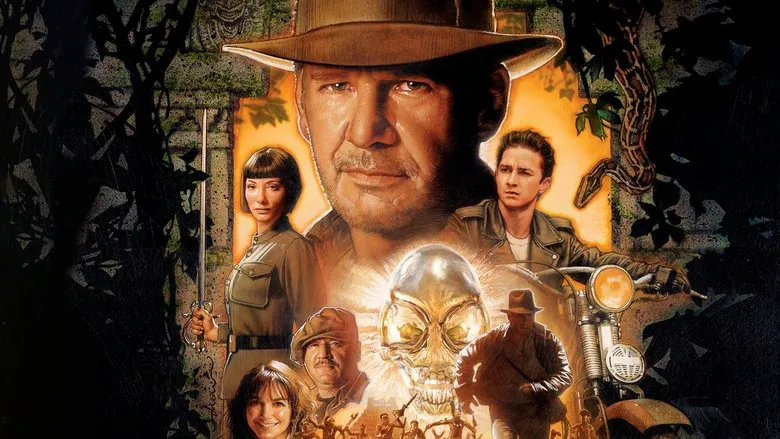
Case in point, Cate Blanchett’s portrayal of Irina Spalko, the formidable KGB “she-wolf,” is almost an homage to classic femme fatales like Ilsa, yet she’s rendered utterly asexual. Her femininity has seemingly been traded entirely for an insatiable thirst for power and arcane knowledge, making her a uniquely chilling foe. The film seems to operate on the principle that you can present young audiences with any fantastic narrative, as long as you, as the storyteller, are genuinely invested in it. In that case, the younger generation will be inspired; they’ll get proper schooling, and they’ll aspire to do things the right way.
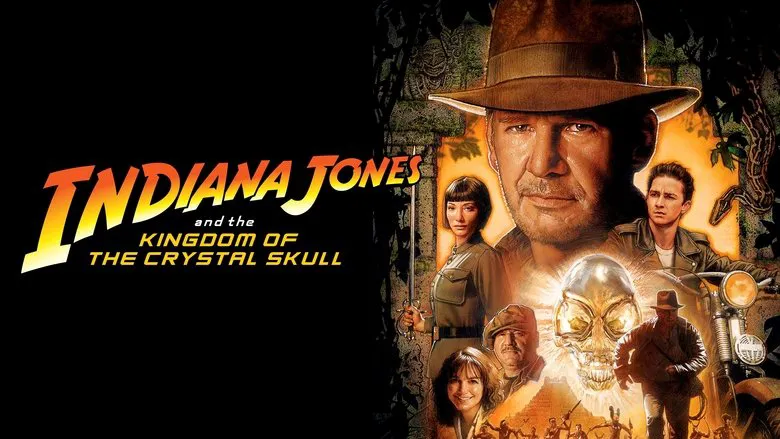
The Verdict: Cinema Done Right
Ultimately, this film serves as a powerful declaration: cinema, particularly adventure cinema, should be done right—with passion, dedication to practical effects, and a clear vision for delivering pure, exhilarating entertainment. And “Indiana Jones and the Kingdom of the Crystal Skull” absolutely achieves that. For fans old and new, that is truly all that should matter.